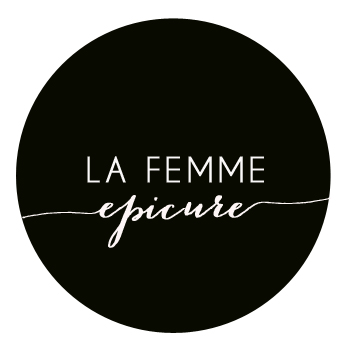Day 34-36
Last week we only had class on Monday due to "snow day" cancellations and the Thanksgiving holiday.
Day 34 was spent perfecting the technique involved with steaming rice.
We had to produce steamed rice and rice pilaf. The pilaf method is equivalent to braising. The rice is first sauteed in fat (usually butter or oil) and then cooked in liquid - preferably in the oven for uniform heating- until the liquid is absorbed. The fat used in step one helps to keep the grains separate and also adds flavor. A popular example of rice pilaf is classic Spanish rice.
Day 35 was spent discussing vegetable cookery and the science of flavor-color retention in vegetables as you cook them. We demonstrated proper blanching and shocking technique and also produced a green bean saute, carrots vichy [VIH-shee], and risotto Milanese.
Carrots Vichy are simmered in water with butter and sugar until the liquid has evaporated and you are left with a wonderful buttery sweet glaze. The term "vichy" originally refers to vichy water which is a type of spring water that comes from the famous spa town of Vichy (France). You can you use this water in the recipe but it is not necessary.
For the green bean saute we boiled the green beans in some salted water (the salt helps the green beans stay green) until just tender. Next we dropped them into ice water to stop the cooking process. While the green beans were cooling we sauteed some bacon and roasted whole red peppers over the open flame on our stove tops. Once the bacon and peppers and cooked and chopped we tossed everything (beans included) into the bacon fat and heated it through.
Most people think that risotto is a type of rice but it is actually just a method of cooking rice. Risotto is a classic Italian preparation where after sautéing the rice, you add a small amount of hot stock or other liquid and stir until the liquid is absorbed. You repeat this procedure over and over again until the rice is cooked but still firm. The finished consistency is super creamy due to the starch that is cooked out of the rice. We made Risotto Milanese with Italian Aborio rice, saffron (which is what makes it Milanese), Parmesan cheese, onion, butter, and chicken stock.
Day 36 was all about Legumes and the science of indigestion. We produced hummus, salade de lentils, and a white navy bean salad with blanched green beans. The three most widely used types of beans in Western kitchens are kidney beans, peas, and lentils. When it comes to cooking dried legumes the key thing to remember is that they must be rehydrated, so soaking for most beans (lentils excluded) is necessary for a minimum of 2 hours and up to 24 hours (if you have the time). Also, never add salt to your water or the beans will not absorb the water properly while they are rehydrating.
Sarah Simms






